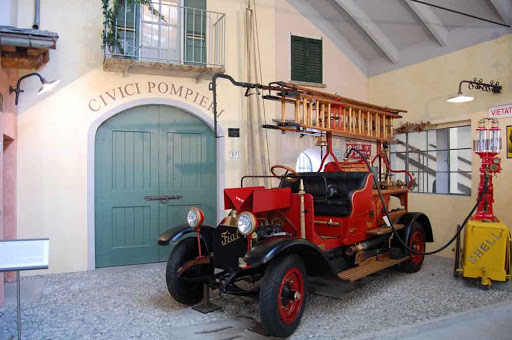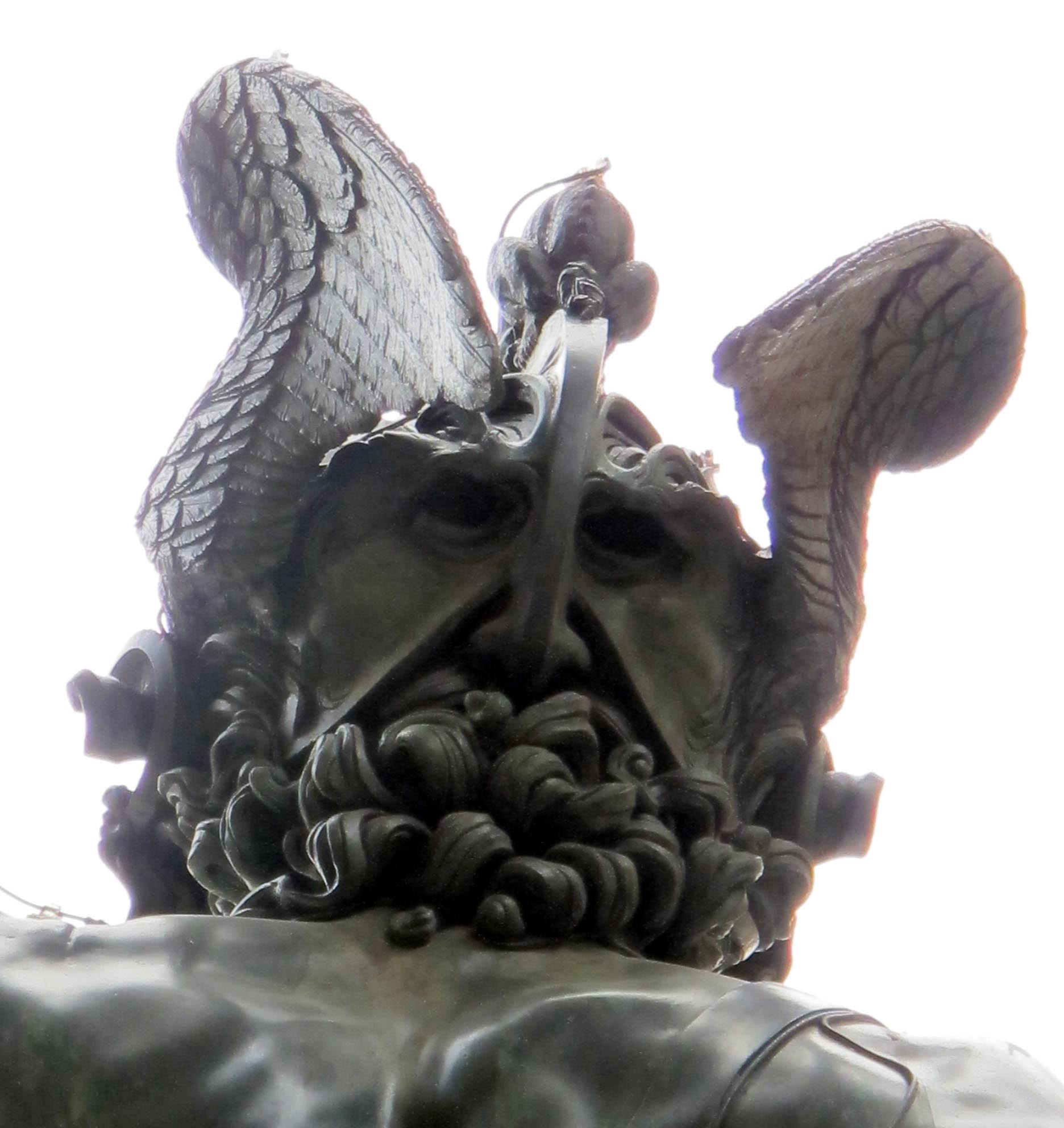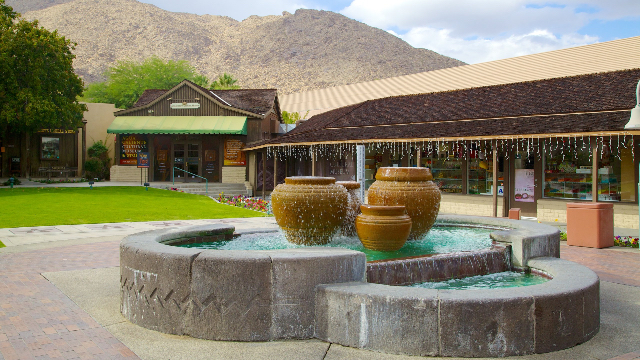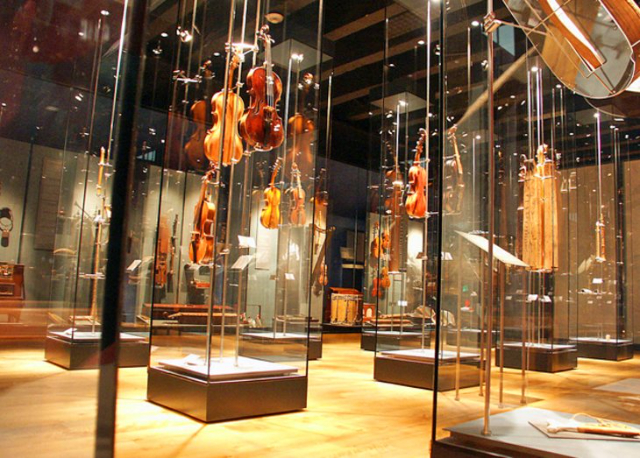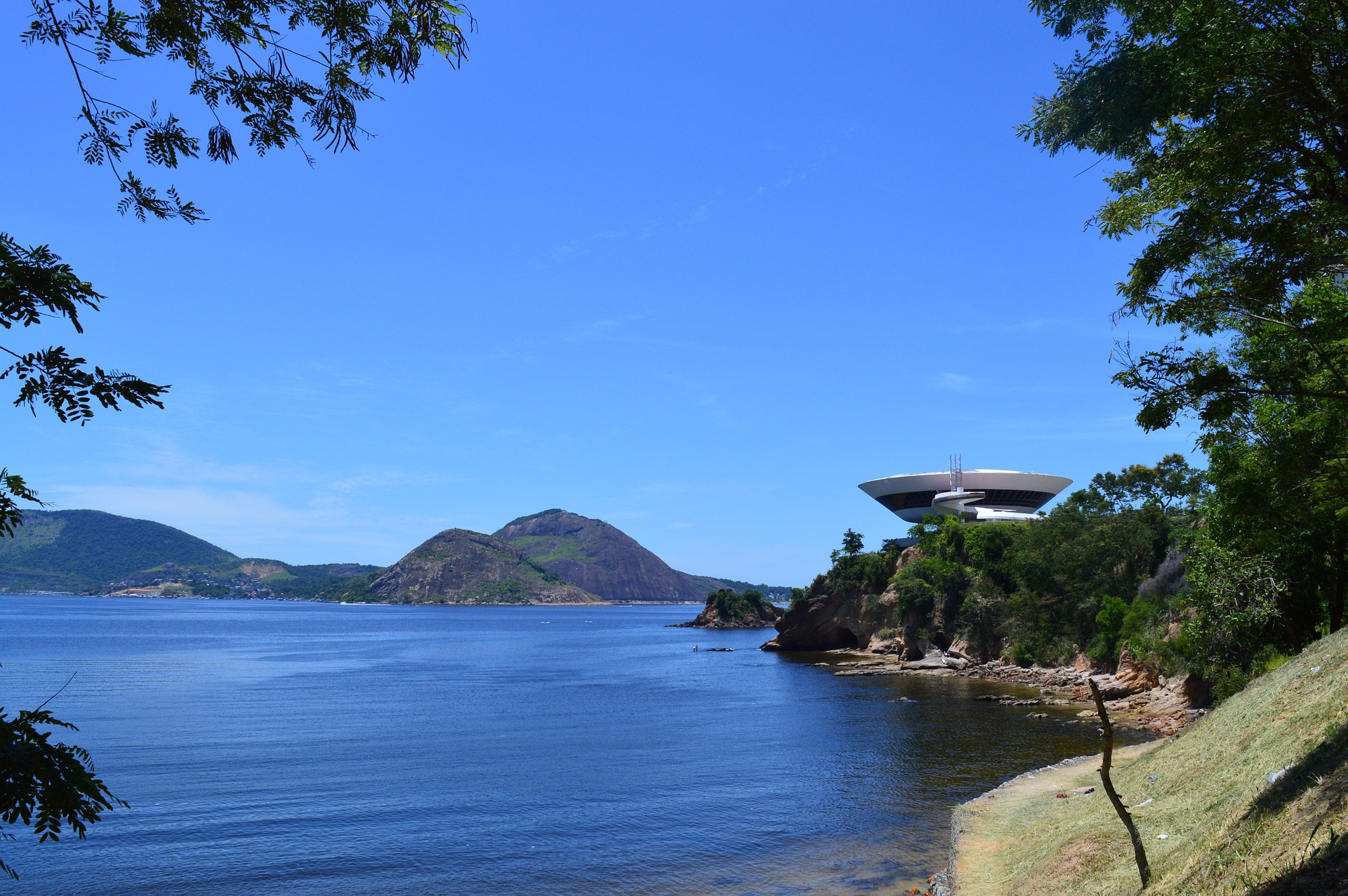The Civic Archaeological Museum of Desenzano del Garda, named after Giovanni Rambotti, was inaugurated in 1990. The idea of establishing an archaeological museum dedicated to the prehistory of Lake Garda had already matured in the early 1980s following the important results of the excavations carried out by Renato Perini at the Lavagnone and the sensational discovery of an almost complete plough, dating back to the early Bronze Age; the recovery of materials collected by local enthusiasts in the numerous submerged piles along the southern shores of the lake: Gabbiano di Manerba, Corno di Sotto, Porto Galeazzi, Lugana Vecchia and Maraschina; to the acquisition by the municipality of Desenzano of the collection of the Avv. Mosconi’s collection, formed with the materials discovered at Lavagnone at the time of peat extraction; the systematic surface collections carried out at Lavagnone during the periodical ploughing mainly by Ettore Merici; the activities of the Archaeological Group of Desenzano (G.A.D.) and the group "La Palafitta" which, with assiduous prospecting of the territory of Desenzano and Lonato, was revealing for the first time the existence of numerous Mesolithic sites scattered in the area of the morainic amphitheatre of Benaco. In addition, the museum preserves the materials found during the excavations, still in progress, of the University of Milan at the pile-dwelling of the Lavagnone.
In recent years the museum has gradually transformed itself, increasing its collections, with particular attention to the phenomenon of pile-dwelling. The exhibition space has expanded with the introduction of new rooms, opened in 2015.
The museum of Desenzano, due to its geographical location in a territory very rich in Bronze Age testimonies coming from the pile-dwelling settlements, has the main function of offering a wide panorama of the prehistoric cultures that followed in the Benacense region. The exceptionality of the area, perhaps the most important in Europe as far as wetlands of archaeological interest are concerned, derives mainly from the characteristics of human deposits submerged at some distance from the shoreline of the lake or stratified in the bogs of infra-morenic basins, which, thanks to their anaerobic conditions, make it possible to preserve artefacts made of organic material and the Lavagnone plough is the most striking example.


